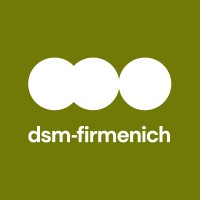
dsm-firmenich
We are dsm-firmenich – innovators in nutrition, health, and beauty. We bring progress to life by combining the essential, the desirable, and the sustainable. From our master perfumers and flavorists to our expert nutritionists and scientists, our trailblazing teams work closely with customers, supporting their ambitions with 150+ years of R&D expertise. With a passionate and talented team of close to 30,000 employees, we are determined to be a force for good. And to work together to positively impact people and planet. #webringprogresstolife






